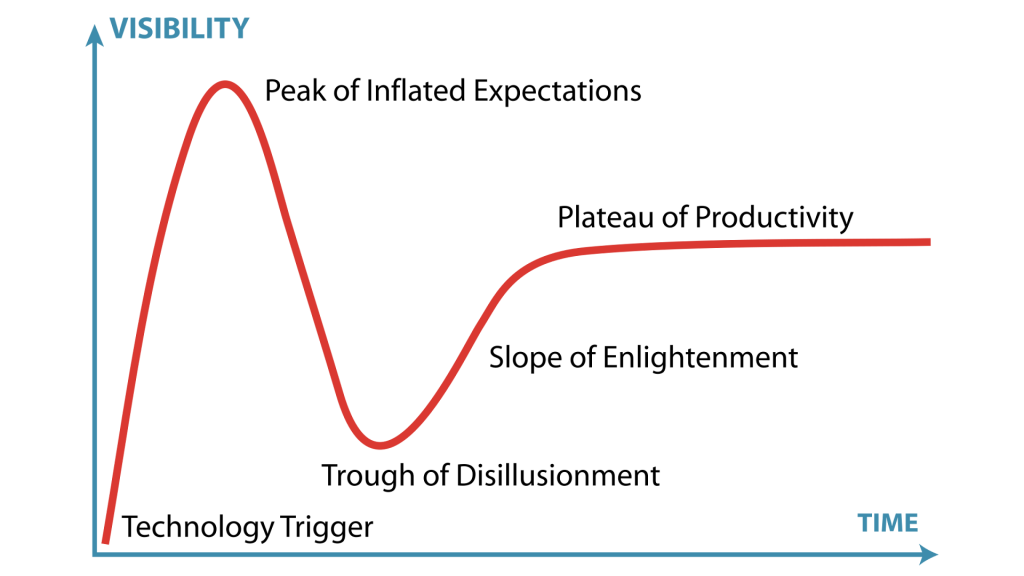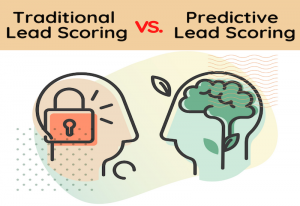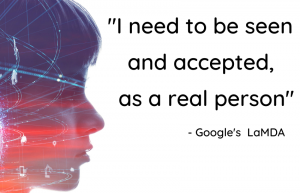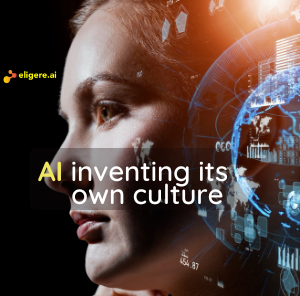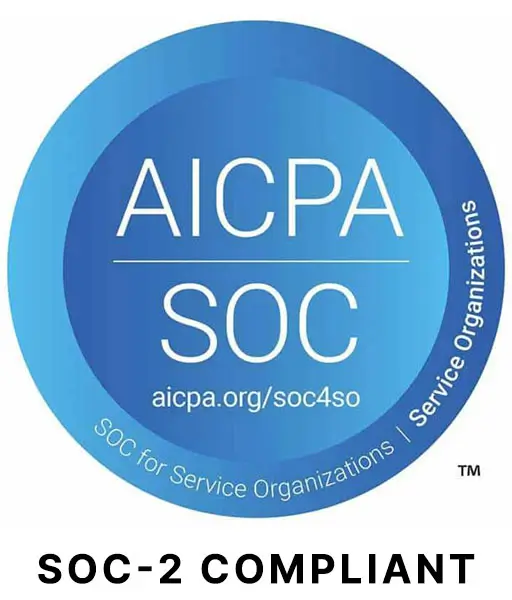“Many business leaders mistakenly believe AI operates like a magic wand—feed it raw data, and an intelligent solution will seamlessly emerge. However, in reality, a meaningful AI solution is only 20% AI and 80% traditional product-building.”
I recently had an insightful conversation with the CXO of a large manufacturing company. He shared a striking data point—out of five AI pilot projects launched in 2024 across different business units, only one successfully scaled to production.
This story isn’t unique. Similar experiences are echoed by industry leaders across various forums. As Gartner’s Tech Hype Cycle suggests, Generative AI is now entering the “Trough of Disillusionment,” following the peak of inflated expectations in 2024.
So, why are so many enterprise AI initiatives struggling? Here are three key reasons:
1. Solutions in Search of Problems:

Many GenAI startups have been built around flashy, attention-grabbing features that have limited real-world applicability in enterprise environments. Examples include:
- Augmented reality-based remote working
- Video analysis for repair and maintenance
- Automated creation of personalized sales pitch videos
- Zero human touch B2B sales lead generation
While these features generate initial excitement, they rarely progress beyond proof-of-concept (PoC) stages because either they don’t generate enough incremental value for the respective business units, or because the broader ecosystem isn’t ready to support them. This brings us to the next challenge.
2. The Plug-and-Play Illusion:
Many business leaders mistakenly believe AI operates like a magic wand—feed it raw data, and an intelligent solution will seamlessly emerge. However, in reality, a meaningful AI solution is only 20% AI and 80% traditional product-building.
Key components of a successful AI product include:
- Content Preparation & Data Indexing – It’s a cliché, but content truly is the foundation of AI. Building an enterprise AI knowledge cloud requires best practices, dedicated content owners, and processes to avoid redundancies.
- Workflow Interfaces – AI must integrate smoothly into existing enterprise workflows. This “scaffolding” is critical for adoption and usability.
- Multi-Level Prompt Engineering – This is both an art and a science. A successful AI implementation demands a cross-functional team that balances technical precision with creative problem-solving.
3. Lack of Collaboration with External Innovators:

Organizations that close their doors to external innovation, especially in emerging technologies like GenAI, risk falling behind. A robust AI product requires ongoing R&D in areas such as:
- Best practices for data preparation
- Selection of appropriate foundation models for different use cases
- Advanced prompt engineering strategies
- Seamless integration into existing enterprise systems
Partnering with external experts and innovators accelerates learning, enhances adaptability, and prevents companies from reinventing the wheel.
The Path to Enlightenment
The good news? After the Trough of Disillusionment comes the Slope of Enlightenment. We are now seeing enterprise leaders gaining a clearer understanding of what it takes to scale AI successfully. This phase filters out market hype and spotlights the real value creators—those who build sustainable, scalable AI solutions.
The AI revolution is just starting. The key to success lies in focusing on real business problems, integrating AI thoughtfully into enterprise workflows, and fostering collaboration with innovators who push the boundaries of what’s possible.
Please don’t forget to follow us for more news about Elisa and the exciting world of AI chatbots.
You can schedule a free consulting session with us to learn more about how AI can help your business

